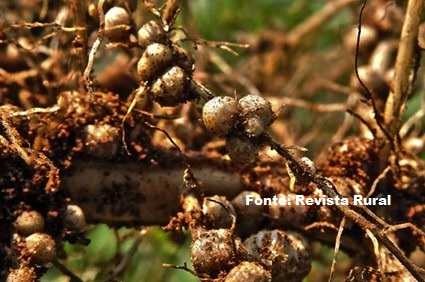Rev. Bras. Ciênc. Solo.2022;46:e0210081.
Brazilian scenario of inoculant production: A look at patents
10/Jan/2022
DOI: 10.36783/18069657rbcs20210081
Highlights
Patent applications for inoculant formulations increased significantly in Brazil;
The number of patent applications using endophytic microorganisms increased;
The Brazilian market for inoculants is an investment opportunity.
ABSTRACT
Technological advances have demonstrated the need for intellectual property rights, and patent granting is one of its most widespread forms. This includes the protection of inoculant formulations for agriculture, in which Brazil is a leader. This study aimed to analyze the number of patents for formulations of biological inoculants for agriculture in Brazil and the microorganisms used. An advanced search was performed in the National Institute of Industrial Property database, using the title and abstract fields. The indexers included inoculant, bioinoculant, endophyte, endophytic, fungus, bacteria, Rhizobium, Azospirillum and Gluconacetobacter. The inoculant formulation patents were grouped by the number of files per decade, number of patents per holder(s), characterization of granted patents, international patent classification, and main genera of fungi and bacteria used in inoculant formulations per decade. The number of patents filed for inoculant formulations in the last four decades increased from 7 in the first decade (1981–1990) to 37 from 2011–2020. In the first decades of study, the use of Rhizobium in inoculants stood out, followed by other genera of fungi and bacteria. However, most inoculant patent applications are still denied, considering data from 1981 to 2020. This may be partially due to the low reproducibility of inoculant results, as microorganism activity is highly affected by climate, soil, plant cultivars and crop management. The percentage of acceptance equal to or higher than 50 % in the number of applied patents for using endophytic microorganisms may be because this group of microorganisms acts mainly inside plants and is thus more protected from the influence of climate and some soil and management factors. The growing number of patent applications in the last 40 years demonstrates the business and technological development interest in inoculants in Brazil.
559

